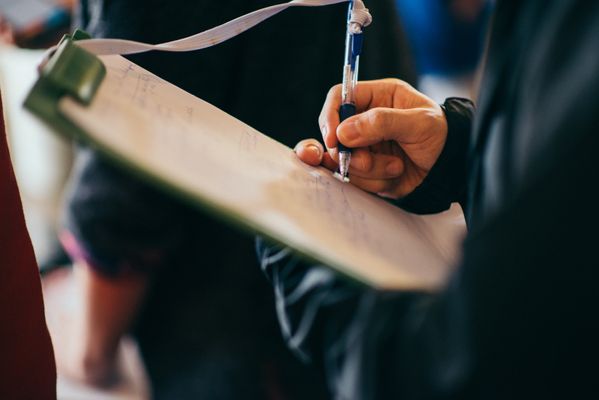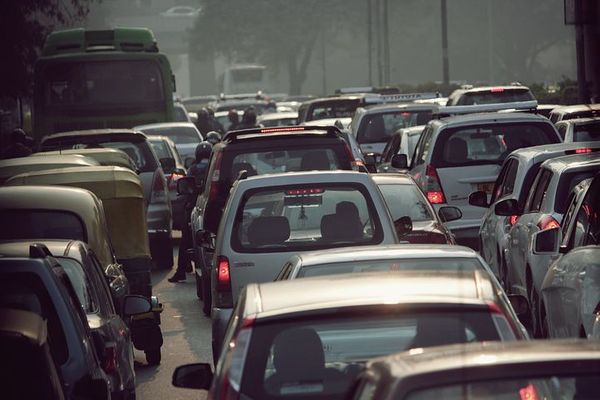6.1.2
Types of Poverty 2
Poverty as Social Exclusion and Subjective Poverty
Poverty as Social Exclusion and Subjective Poverty
The relative definition of poverty is linked to social exclusion, in that people living in relative poverty might find themselves marginalised or excluded from participation in activities such as education and work.
Consensual Approach to Measuring Poverty
Consensual Approach to Measuring Poverty
Mack and Lansley's (1983, 1990) study attempted to create a consensual definition of poverty to overcome the criticisms of Townsend’s deprivation index.


Mack and Lansley
Mack and Lansley
- Mack and Lansley's (1983, 1990) study attempted to create a consensual definition of poverty to overcome the criticisms of Townsend’s deprivation index.


The consensual definition
The consensual definition
- The consensual definition came from asking a representative sample of the public to judge what they saw as socially perceived necessities necessary to maintain a minimum standard of living in the UK.


PSE
PSE
- Gordon et al. (2000) conducted their Poverty and Social Exclusion (PSE) survey on behalf of the Joseph Rowntree Foundation based on the Mack and Lansley’s principles.


Findings
Findings
- Gordon found that 24 percent of the UK population were living in poverty using Mack and Lansley’s principle of socially perceived necessities.
1Theory & Methods
1.1Sociological Theories
1.2Sociological Methods
2Education with Methods in Context
2.1Role & Function of the Education System
2.2Educational Achievement
2.3Relationships & Processes Within Schools
3Option 1: Culture & Identity
3.1Conceptions of Culture
3.2Identity & Socialisation
3.3Social Identity
3.4Production, Consumption & Globalisation
4Option 1: Families & Households
4.1Families & Households
4.2Changing Patterns
4.3The Symmetrical Family
4.4Children & Childhood
5Option 1: Health
5.1Social Constructions
5.2Social Distribution of Healthcare
5.3Provision & Access to Healthcare
5.4Mental Health
6Option 1: Work, Poverty & Welfare
6.1Poverty & Wealth
7Option 2: Beliefs in Society
7.1Ideology, Science & Religion
7.2Religious Movements
7.3Society & Religion
8Option 2: Global Development
8.1Development, Underdevelopment & Global Inequality
8.2Globalisation & Global Organisations
8.3Aid, Trade, Industrialisation, Urbanisation
9Option 2: The Media
9.1Contemporary Media
9.2Media Representations
10Crime & Deviance
10.1Crime & Society
10.2Social Distribution of Crime
Jump to other topics
1Theory & Methods
1.1Sociological Theories
1.2Sociological Methods
2Education with Methods in Context
2.1Role & Function of the Education System
2.2Educational Achievement
2.3Relationships & Processes Within Schools
3Option 1: Culture & Identity
3.1Conceptions of Culture
3.2Identity & Socialisation
3.3Social Identity
3.4Production, Consumption & Globalisation
4Option 1: Families & Households
4.1Families & Households
4.2Changing Patterns
4.3The Symmetrical Family
4.4Children & Childhood
5Option 1: Health
5.1Social Constructions
5.2Social Distribution of Healthcare
5.3Provision & Access to Healthcare
5.4Mental Health
6Option 1: Work, Poverty & Welfare
6.1Poverty & Wealth
7Option 2: Beliefs in Society
7.1Ideology, Science & Religion
7.2Religious Movements
7.3Society & Religion
8Option 2: Global Development
8.1Development, Underdevelopment & Global Inequality
8.2Globalisation & Global Organisations
8.3Aid, Trade, Industrialisation, Urbanisation
9Option 2: The Media
9.1Contemporary Media
9.2Media Representations
10Crime & Deviance
10.1Crime & Society
10.2Social Distribution of Crime
Unlock your full potential with Seneca Premium
Unlimited access to 10,000+ open-ended exam questions
Mini-mock exams based on your study history
Unlock 800+ premium courses & e-books





